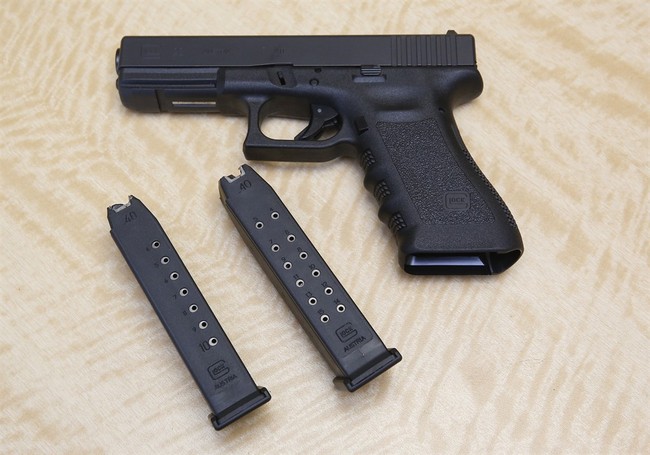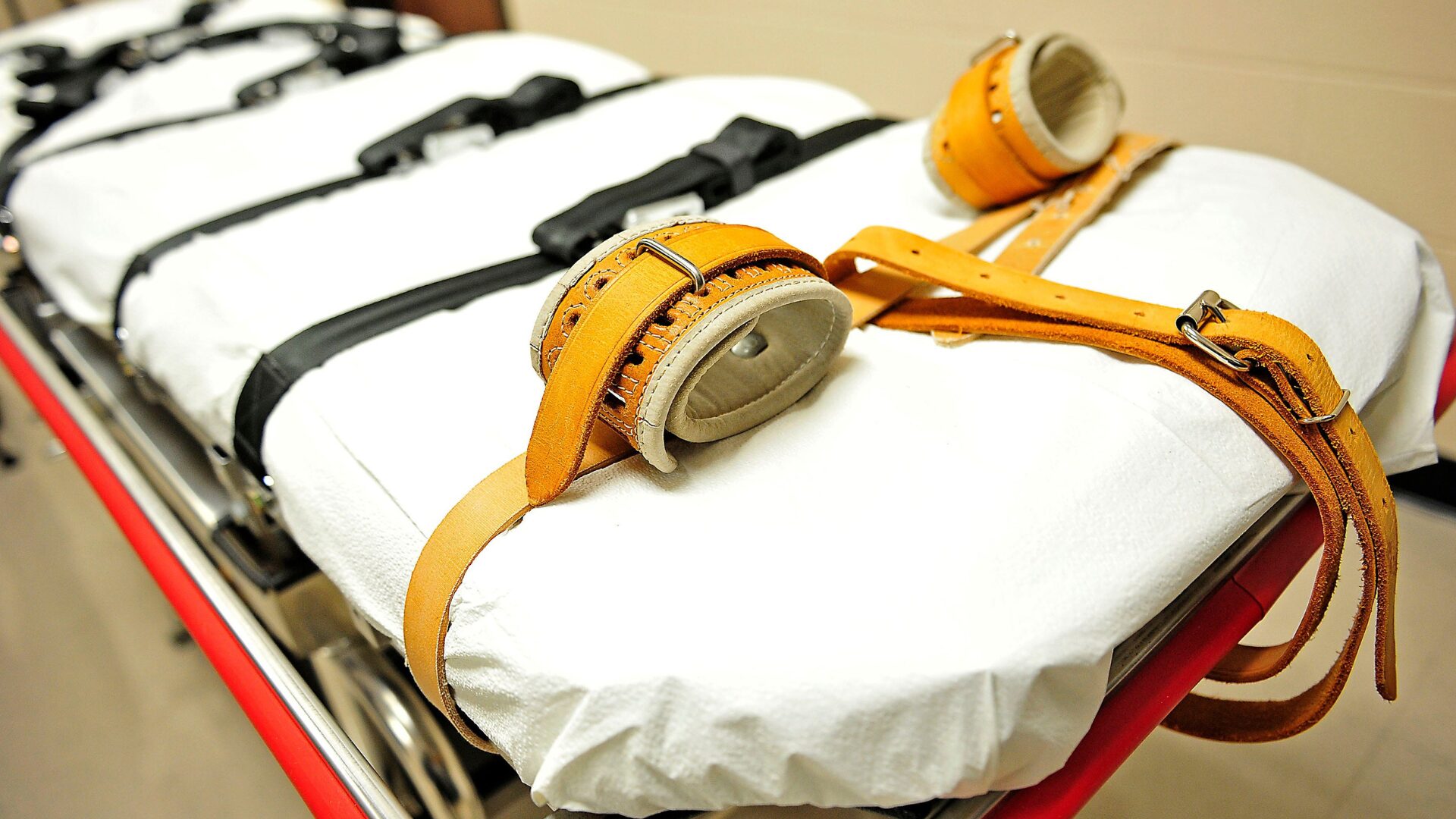Attempts to restrict magazine capacity may be one of the dumber gun control moves out there.
Even if gun control works–it doesn’t, but let’s play along for a second–the restriction of magazines doesn’t actually do what people think. Detachable magazines were created because they make reloading faster. You pull one out and slap another one in. Many guns have the mag drop free on its own, so you don’t even need to pull it out, making it even quicker.
But anti-gunners, most of whom have never seen a gun outside of a screen in their lives, think that so-called high-capacity magazines are super dangerous, and they try to restrict capacity.
And that’s a violation of people’s Second Amendment rights.
The District of Columbia is one of many places that does this, and they’re facing a challenge to that law right now.
The Second Amendment Foundation announced that they’ve filed an amicus brief in that case via a press release on Monday:
The Second Amendment Foundation has filed an amicus brief with the U.S. Supreme Court supporting petitioners in a case known as Andrew Hanson, et.al., v. District of Columbia, et.al., challenging the District’s ban on so-called “high-capacity magazines” capable of holding more than ten cartridges.
SAF is joined by the National Rifle Association. The case has national implications and the amicus brief calls the court’s attention to the fact that the federal circuit courts are divided on the question whether magazines are “arms,” what constitutes “common use,” and whether arms most useful for military service are protected by the Second Amendment.
SAF is represented by attorney Adam Kraut, who is SAF’s executive director. NRA is represented by attorneys Joseph G.S. Greenlee and Erin M. Erhardt at the NRA Institute for Legislative Action.
“In our brief,” Kraut noted, “we remind the court that repeating arms predate the Second Amendment by roughly three centuries, and that semiautomatic firearms were invented in 1885. Likewise, detachable box magazines came along back in 1862. Despite technological advances over the past 200 years, neither the sale nor possession of repeating arms of any capacity were ever banned in the United States.”
“The very essence of the Second Amendment is to protect the right to keep and bear arms,” said SAF founder and Executive Vice President Alan M. Gottlieb. “The language of the Second Amendment does not stipulate which bearable arms are protected, only that they are, and that the right of the people to bear those arms shall not be infringed. Because of the lower court split on whether magazines are ‘arms,’ we believe the high court needs to resolve this controversy without further delay.”
Let’s keep in mind that under the Bruen decision, the fact that these things existed and weren’t banned should suggest that if the Founding Fathers wanted to restrict capacity, they would have. The fact that detachable box magazines were around prior to the 14th Amendment’s ratification further underlines this, as that’s when the Bill of Rights was incorporated into the states.
As such, the courts should overturn magazine capacity restrictions.
Unfortunately, I suspect it won’t be quite that easy, simply because what we’ve seen out of the Supreme Court of late is particularly troubling regarding the right to keep and bear arms. Yes, this is the same Court that decided Bruen, but they’re also the same Court that decided Rahimi and VanDerStok.
No, VanDerStok wasn’t a Second Amendment case, but as it involved guns, I don’t differentiate it in my mind all that much.
So, should this case get a hearing by the Court, I doubt it’ll be the slam dunk that many of us would like to see.
It should be, though. Magazines are essential parts of many firearms, really. While you can operate a firearm without them, they don’t operate as designed without them. That means they should be covered just the same as guns and thus be exempt from such restrictions.
But this should be a case to watch.
Read the full article here












